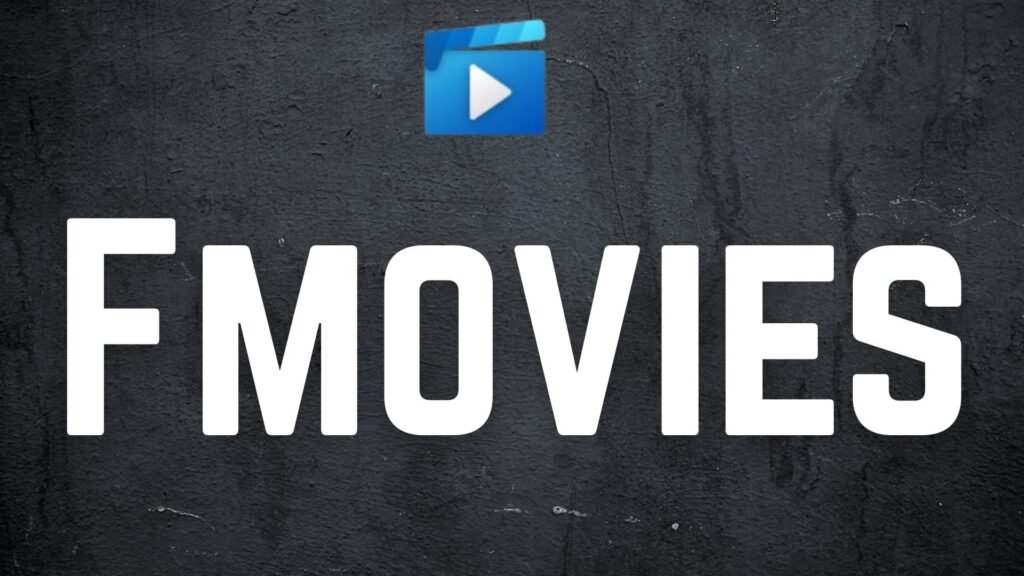Anonposted Explained: How Anonymous Microblogging Is Reshaping Online Discourse

Scroll any college-town feed or crypto-chat channel in 2025, and you will find a steady stream of short, no-profile messages—snarky jokes, whispered confessions, hyper-local alerts—signed by nobody in particular. These snippets are pieces of Anonposted content: microblogs intentionally stripped of stable identity. They live on revival apps such as Yik Yak, in encrypted Telegram groups, and inside newcomers like Session or Mask Network that promise metadata-free posts. The formula is disarmingly simple yet enormously consequential: what happens when every tweet-length thought is detached from the “who” that said it? Understanding the forces behind the Anonposted boom helps explain both the fresh honesty and the fresh toxicity now coursing through online speech. Wright State GuardianSoftware House.
Table of Contents
The Rise of the Anonposted Culture
Anonymous microblogging is not brand-new—imageboards and early SMS shout boxes proved the appeal decades ago—but three recent shifts have super-charged it. First, nostalgia: Gen-Z students who missed Yik Yak’s original 2013-2017 run downloaded its 2024 relaunch in droves, turning campus “herds” into real-time rumor mills again. Wright State Guardian Second, a privacy pivot: after high-profile data leaks and doxxing scandals, users fatigued by the “real-name” economy actively seek spaces where a deleted post truly disappears. Encrypted-by-default tools like Session, Signal-boosted chat, and Mask Network, highlighted in 2025 trend lists, market anonymity as a consumer feature, not a shady hack. Software House Third, platform churn: as mainstream networks throttle organic reach and nudge people toward pay-to-play visibility, posting without an algorithmic scorecard feels liberating—even if the audience size is smaller. Together, these factors have turned Anonposted exchanges from a fringe hobby into a recognizable social layer alongside TikTok clips and Bluesky threads.
How Anonymous Microblogging Works—Under the Hood
Most Anonposted platforms pursue one of three technical approaches. Location-based whisper nets (e.g., Yik Yak) rely on GPS radius limits; a message is visible only inside a two-kilometer bubble, giving contributors plausible deniability once they leave campus. Server-blinded messengers such as Session and Telegram’s secret chats route posts through onion-style relays, discarding IP logs to break the “post = person” linkage. Software House Layer-on-top privacy add-ons like Mask Network encrypt a tweet or Facebook post’s body so that only people with a shared key can read it, allowing anonymity even inside identity-centric sites. All three models trade persistence for protection: usernames recycle at will, posts auto-expire or vanish after enough “down-votes,” and signup flows ask for neither phone number nor e-mail. Yet these technical shields collide with an expanding regulatory perimeter. The European Union’s Digital Services Act (DSA), fully enforceable since 17 February 2024, obliges any service—anonymous or not—to offer abuse reporting pipelines and algorithmic transparency. European Commission Compliance costs are forcing smaller anonymity apps to outsource moderation or geofence EU traffic, proving that engineering alone cannot guarantee a consequence-free cloak.

Benefits: Safe Spaces, Truth Serum, and Civic Utility
Why do millions keep Anon posting despite the friction? Psychologists trace the attraction to the online disinhibition effect—the tendency to self-disclose more deeply or behave more boldly when identity cues are absent. ResearchGate On the benign side, anonymity functions as a safety valve. Students at Wright State University describe using YikYak to ask mental-health questions they would never voice in class, receiving peer-to-peer support within minutes. Wright State Guardian Community organizers leverage anonymous channels to leak early evidence of corporate pollution or government corruption without endangering jobs. Market researchers quietly scrape Anonposted threads to spot micro-trends—an unfiltered sentiment barometer that rivals paid focus groups. Even everyday users gain value: the courage to admit, “I’m lost; does anyone know where the emergency siren is coming from?” or to confess an unpopular opinion without fear of permanent screenshot debt. In short, anonymity revives the “public square” ideal by lowering reputational stakes and letting shy voices surface.
Risks: Harassment, Hoaxes, and the Moderation Dilemma
The flip side of disinhibition is toxicity. The same invisibility that permits vulnerable confession also invites cyber-bullying, extremist recruitment, and viral misinformation. Yik Yak’s down-vote crowd control works tolerably well in small herds but fails spectacularly when thousands of outsiders brigade a thread. Whisper’s decade-old promise of secret sharing could not outrun child safety concerns; after multiple store removals, the company confirmed a full shutdown on 28 January 2025. Wikipedia Anon posted hoaxes quickly because fact-checkers have nobody to contact for a correction. Meanwhile, governments worry that bot swarms will weaponize nameless postings to influence elections. Spain’s prime minister famously urged the EU in January 2025 to tie every social media account to a Digital Identity Wallet, calling anonymity “driving without a license.” Biometric Update Civil-liberties groups counter that blanket de-anonymization chills dissent, but the political appetite for stricter controls is rising. Platforms now walk a tightrope: preserve privacy while proving they can trace abusers if and only if a lawful request arrives—a costly, legally fraught proposition for minimalist startups.
Regulation, Moderation, and Emerging Best Practices
Between laissez-faire and total ID verification lies a pragmatic middle path that forward-thinking Anonposted services are experimenting with:
- Community-delegated moderation. Apps reward trusted users with visibility credits for flagging and grooming content quickly, combining crowd insight with professional review.
- Rate-limiting virality. Location-lock and follower-cap features slow the wildfire spread of a false claim long enough for fact-checks to surface.
- Transparency without identity. Under the DSA, platforms must disclose algorithmic amplifiers. Some compliance strategies publish aggregated trends rather than user-level logs, satisfying regulators without exposing individuals. European Commission
- Ephemeral legal escrow. A few providers hash but do not store user identifiers; only in the event of a court order can a salted hash be matched against carrier records, a model privacy scholars call conditional deanonymization.
These techniques show that anonymity and accountability are not mutually exclusive—yet each raises edge cases (journalistic source protection, domestic violence survivors, political satire) that policy cannot fully anticipate. Expect the rulebook to update yearly as EU fines, US state laws, and app-store policies converge.
The Future of Anonposted Platforms
Looking ahead, three scenarios dominate analyst forecasts. Convergence: mainstream giants like Meta and X replicate “one-time alias” modes, normalizing anonymity as a reversible setting rather than a niche product. Crackdown: if high-profile election meddling is traced to anonymous groups, lawmakers may mandate wallet-linked identity for any public posting, throttling adoption overnight. Co-existence: more likely, a layered ecosystem emerges—public-facing accounts for reach, Anonposted pockets for raw dialogue, and semi-private circles for reputation-sensitive networking. Developers who bake in compliance toggles from day one will survive; those who treat the policy as an afterthought will follow Whisper into the graveyard. WikipediaBiometric UpdateEuropean Commission
Conclusion
Anonposted communication taps a human paradox: we crave both connection and the freedom to speak without the baggage of identity. When done right, it delivers empathetic peer support, whistle-blower breakthroughs, and bottom-up humor that enriches digital culture. When done poorly, it devolves into a cauldron of cruelty and chaos. The next few years will decide whether anonymous microblogging will mature into a respected branch of social media or become a regulatory cautionary tale. What is certain is that the genie of anonymity is out of the bottle—and users, platforms, and policymakers alike must learn to coexist with it.
Frequently Asked Questions
1. What exactly counts as an “Anonposted” platform?
Any service that allows public, short-form messages without permanently linking them to a verified real-world identity—for example, Yik Yak, Session, or a Mask Network-encrypted tweet—fits the definition.
2. Isn’t anonymous posting already illegal in many places?
No. Most jurisdictions permit pseudonymity but impose content rules (harassment, threats, illegal images). The EU’s Digital Services Act intensifies takedown obligations rather than banning anonymity itself. European Commission
3. How do these apps make money if they cannot profile users?
Common models include opt-in contextual ads, premium emoji packs, or community subscription tiers. Because they store little personal data, Anonposted platforms often tout “privacy-safe sponsorships” instead of behavioral targeting.
4. Are anonymous spaces always more toxic?
Research on the online disinhibition effect shows both benign and toxic outcomes. Anonymous forums can foster kindness and support just as easily as hostility; design choices and moderation quality tip the balance. ResearchGate
5. Could mandatory digital ID wallets kill anonymous microblogging?
Linking every account to a state-issued ID, as proposed by Spain’s prime minister, would undercut the very premise of Anonposted communication. Whether such a measure becomes EU law remains contested, and substantial pushback is expected from civil liberties groups.











